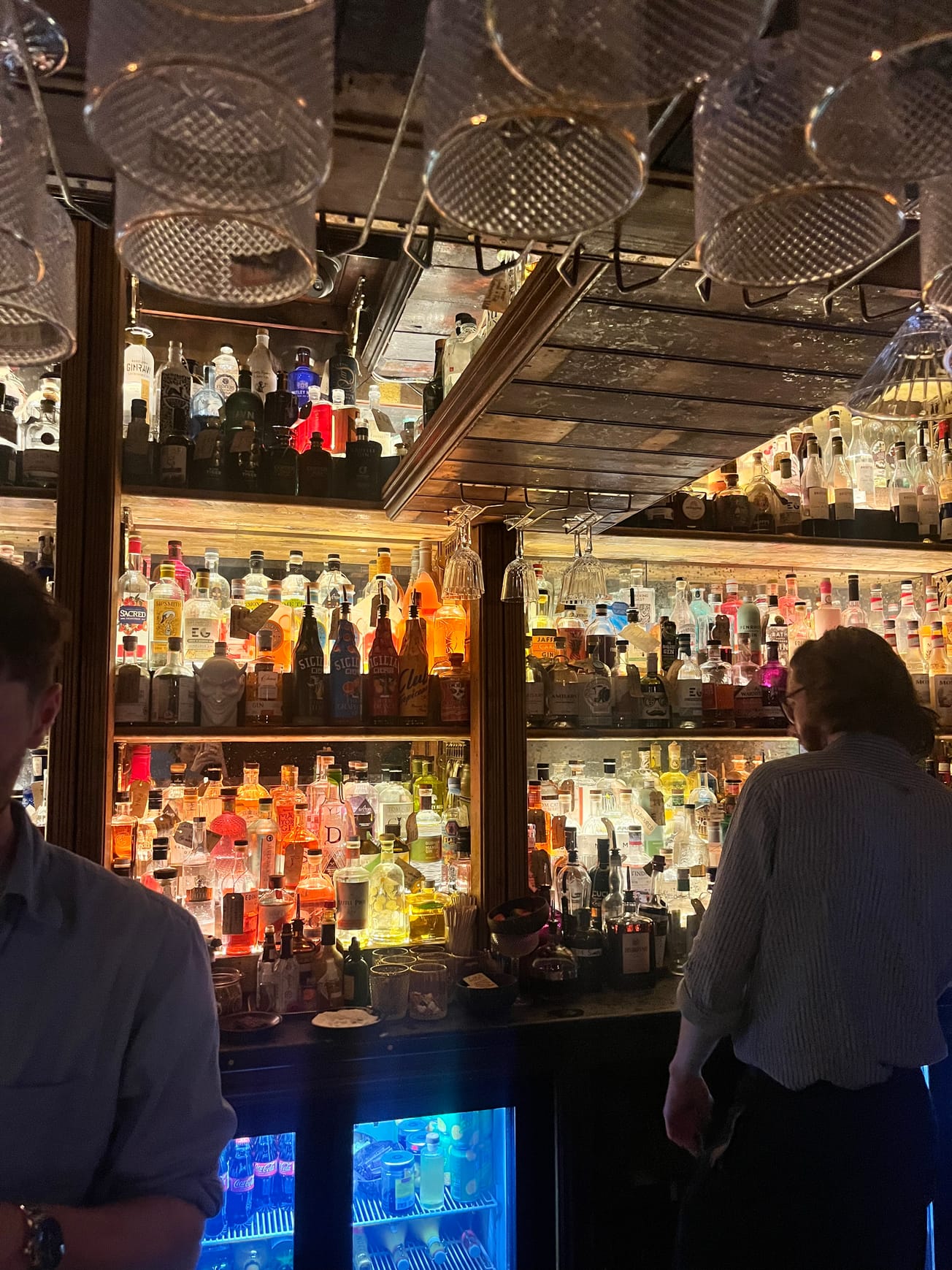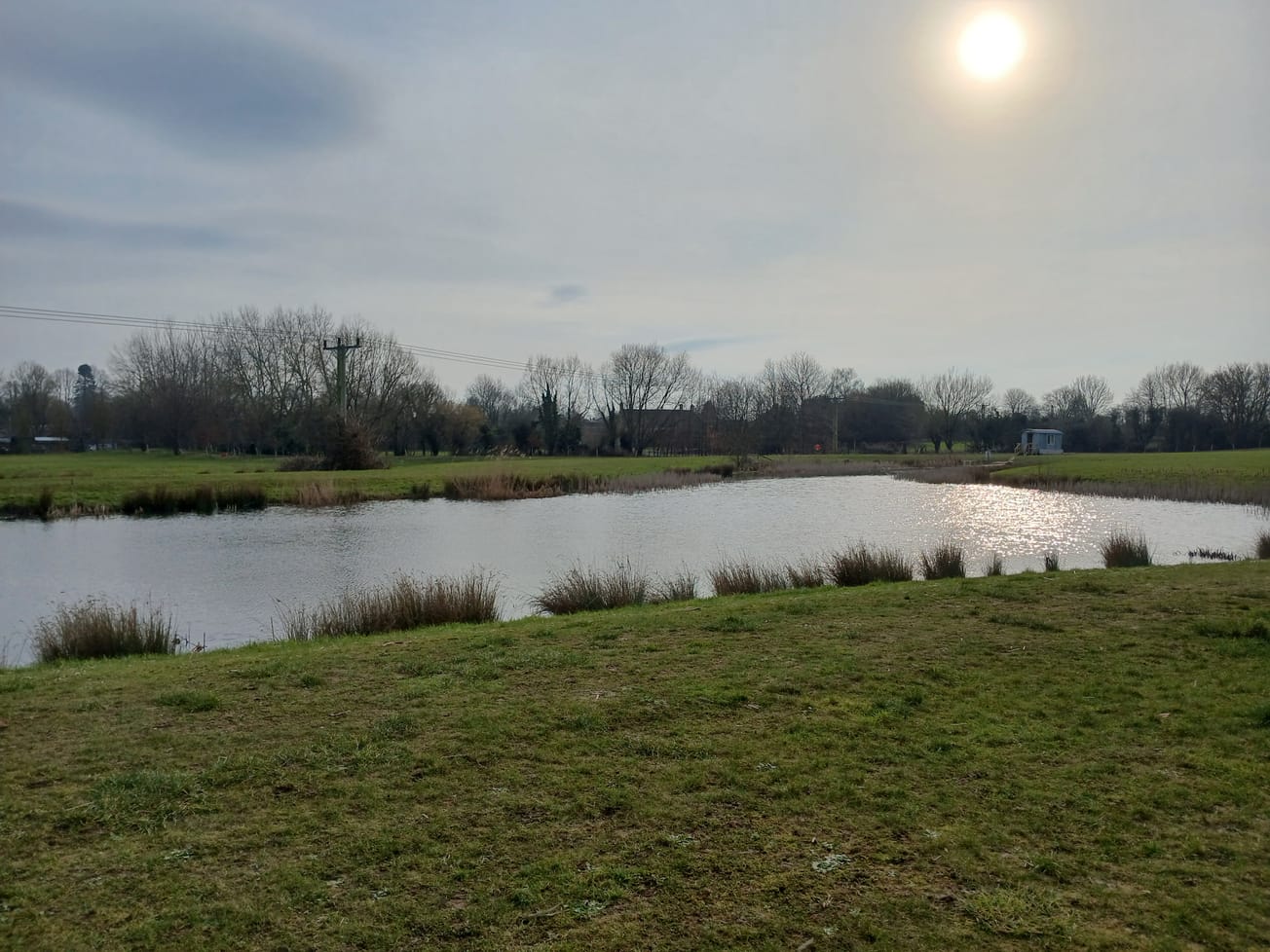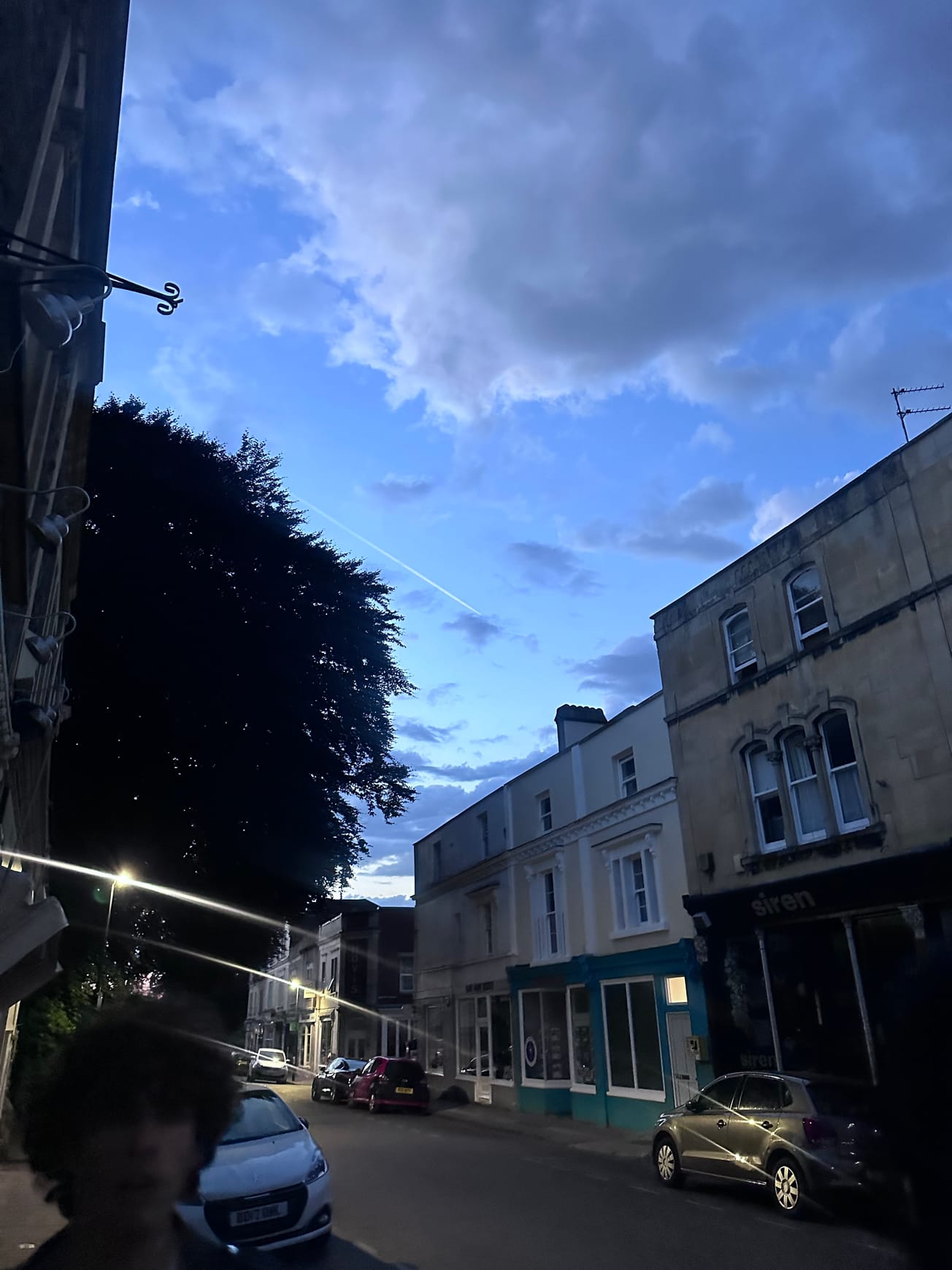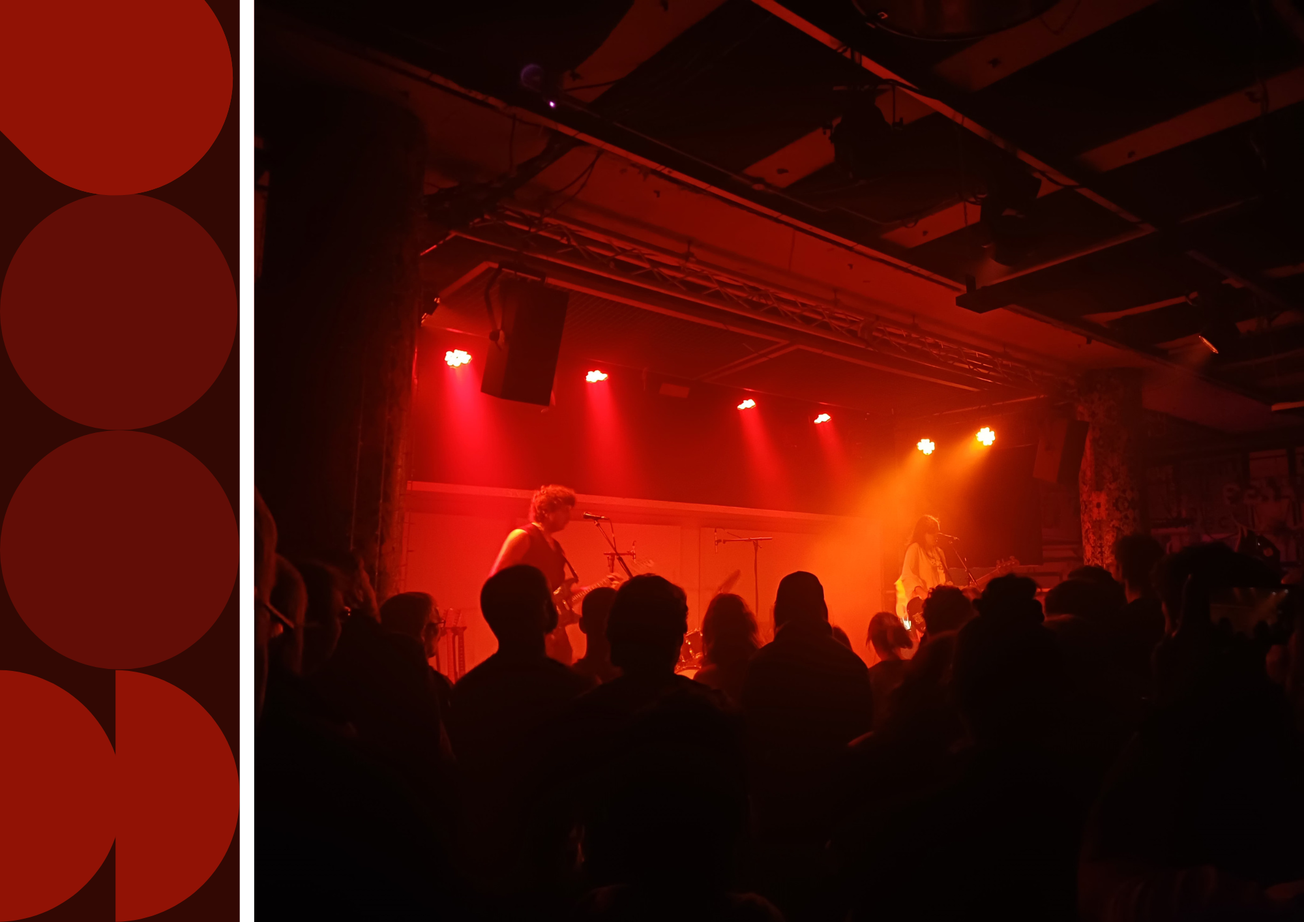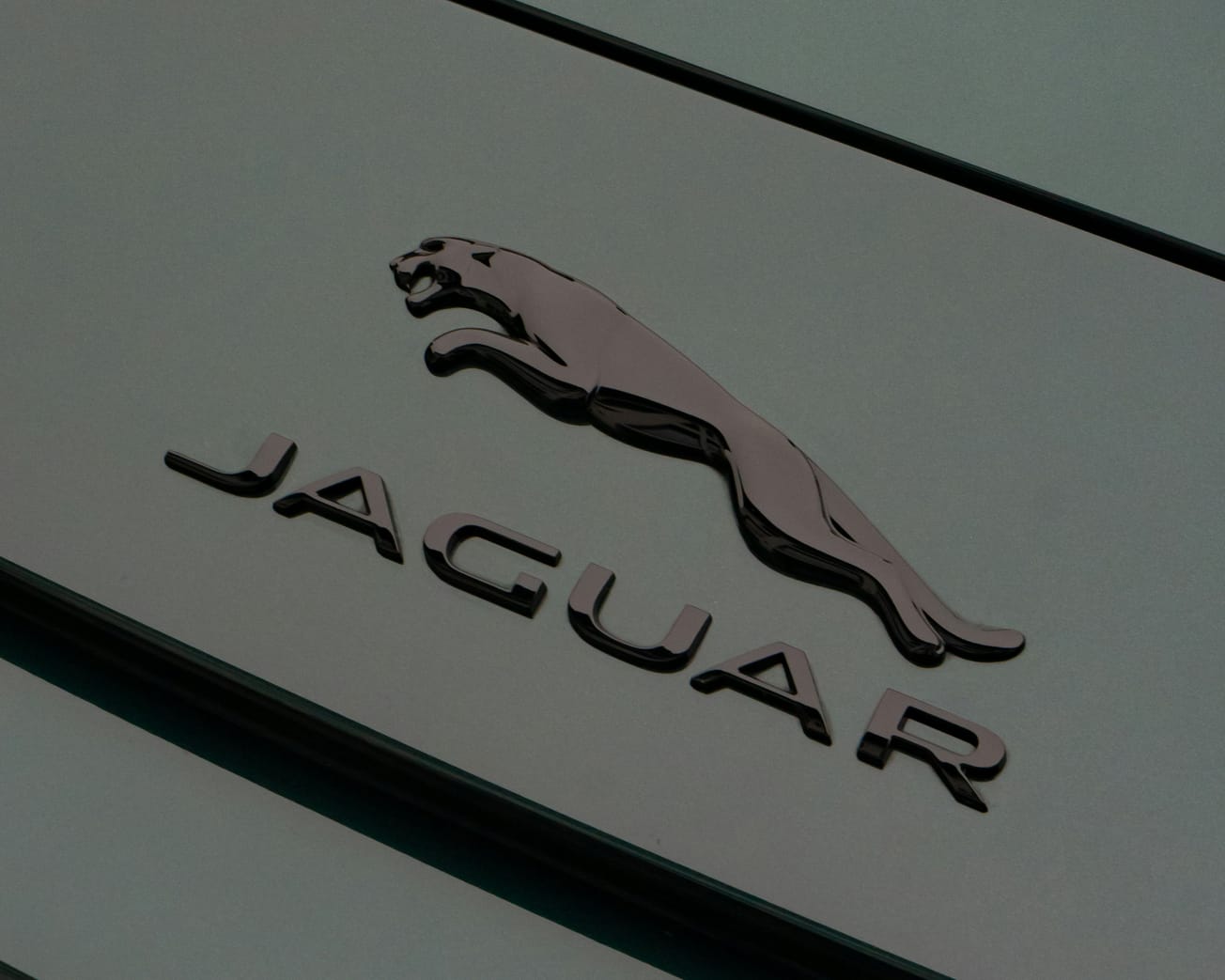By Maddy Richards, First Year, History, Aidan Szabo-Hall, Features Editor, & Dan Hutton, Features Co-Deputy Editor
In November 2023, the University of Bristol announced the Reparative Futures programme, a £10 million initiative which seeks to tackle racial inequality ‘both within the university itself and in the local communities it works with.’ The university also announced that they would not rename seven buildings with links to the transatlantic slave trade and would remove Edward Colston’s Dolphin insignia from their logo.
Among other initiatives, the Reparative Futures programme seeks to ‘Present the institutions founder’s historic links to enslavement in a proper context’, conduct ‘Further research into our history and its impact on racism and race-related inequalities’ and ‘Build on our work to eradicate the attainment of and awarding gap for Black undergraduate students.’ The full programme can be read here.
Epigram interviewed Vice-Chancellor Evelyn Welch, Alvin Birdi and Dr Marie-Annick Gournet to discuss the university’s Reparative Futures programme and the decision to retain all current names of buildings — including those of the Wills Memorial tower and Fry building.

The Reparative Futures programme was devised after the university conducted a public consultation on whether to rename university buildings with links to the transatlantic slave trade. Evelyn described this process as ‘listening, acknowledging and apologising.’
This consultation consisted of online and in-person conversation events and a survey, which received 3,670 responses from students (43%), staff (23%), alumni (17%), the Bristol public (10%) and people from outside Bristol (5.3%). The university’s consultation and engagement report details the most significant findings:
· A significant majority (67.1%) of the responses were received from people who identified as White English, Northern Irish, Scottish, Welsh or British.
· Black respondents were more likely to favour retention of existing building names than White respondents, though the sample of Black respondents was small compared to White respondents. Just 3.9% of respondents were Black/African/Carribean/Black British.
· Black respondents and Mixed / Multiple ethnic groups were more likely to report a ‘major’ or ‘moderate’ impact of building names on them than other respondents.
· Mixed or Multiple ethnicity respondents were more in favour of changing building names with a 55% / 45% split.
· Younger generations and current members of the University are more likely to show support for renaming than older respondents, alumni and members of the wider community.
These engagements were open to the public and the responses ‘formed part of the data set to help inform a decision-making process’ regarding the renaming of university buildings.
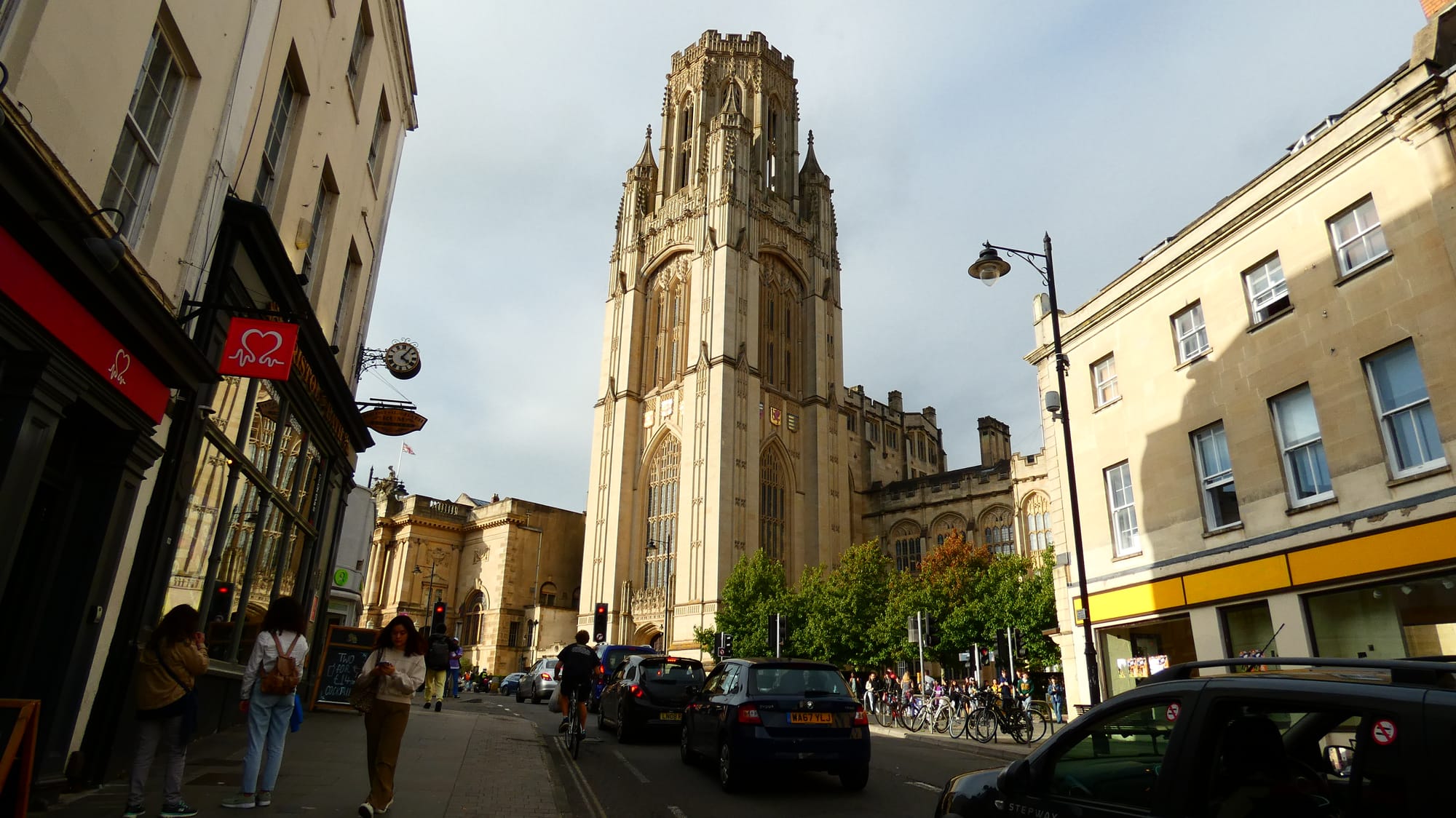
The university has stressed that the retainment of current building names ensures that ‘their full stories and historic connections to the university are made visible’. Elaborating on this, Marie-Annick Gourmet explained how the university were conscious that the removal of the Wills and Fry family names would amount to an erasing of history:
‘When looking at the data from the respondents, some of the things that a lot of the students and staff were saying was “What difference is it (the act of removing building names) going to make?”
‘For us that was the most important thing. It’s important how the past helps us think about the future – if we erase the past, then we erase part of our future. If you don’t talk about the past – as if it never existed – then you are not able to address the core of this issue.’
‘We felt that changing names was a very internally focused and performative idea’
Similarly, Alvin said that: ‘It's not about taking things away and hiding them, it's about confronting them, learning from them and taking a more diverse view.’ Alvin detailed one of the key takeaways from the survey:
‘When we dug into the survey responses, we found that people were saying “We don't like the fact that we have these names memorialising these people, but there are much more important things we would like to do with the money”.’
Explaining the decision to retain the Wills and Fry family names, Evelyn said that: ‘We felt that changing names was a very internally focused and performative idea. As soon as you go through ‘why not this name, why not that name’, you are pulled into a discussion that is of interest, but not of impact. We are not changing the names, and we don’t need to keep the Colston dolphin in our modern logo.’
Responding to their concern that the renaming of buildings would be a performative gesture, the £10 million that the university has pledged will be spent on various initiatives that aim to improve racial justice across the university. This involves extending ongoing practices, like the Black Bristol’s Scholarship Programme, along with implementing new initiatives to appropriately tackle racial inequality.
A key example of this is a new community fund which the university will use to collaborate with local communities on ‘collaborative education and research initiatives that tackle educational, health, and economic inequalities.’
When asked about the rationale behind removing Edward Colston’s Dolphin insignia from the university logo, Evelyn emphasised that the decision was based on the fact that ‘Colston gave no money to the university and has no connection to us.’
As the trial of the #colston4 draws to a close. One thing is sure. What ever the jury decides - we know that justice was done on 7th June 2020 when the citizens of Bristol toppled Colston
— Bristol Solfed (@bristolsolfed) January 5, 2022
The future is ours#blacklivesmatter pic.twitter.com/w6KR5XLhyZ
She elaborated: ‘This is also consistent with what took place in 2020, when the university decided to change the name of Colston Street accommodation. The Colston society research foundation has now also become Bristol Collegiate Research Society. While there is a historiography about the 19th century which we absolutely need to make sure is included, there was a consistency in saying that Colston has nothing to do with us.
‘Colston was regarded as a figure of philanthropic generosity in the late 19th century. From the late 20th to the early 21st century, we came to recognise that that philanthropy came from a dreadful, dreadful source.’
The university have explained how the removal of Colston’s dolphin emblem owes to his ‘clear links to the slave trade and his symbolic ties to the university.’
Colson, unlike the Wills and Fry families, never personally made any financial contributions to the university. The Colston educational trust donated £75,000 in 1956 and £25,000 in 1968 in contributions that would be worth between 2.4m and 8.4m today.
Where can we see the legacy of the Transatlantic Slave Trade in #Bristol today?
— M Shed (@mshedbristol) August 23, 2018
Explore the stories that lurk behind some of the city's grand Georgian buildings in 'Blood on the Bricks: More Than Colston?' https://t.co/YcU7syyEZo#SlaveryRemembranceDay pic.twitter.com/iBGfZ4L0qi
Alvin said that Colston’s commitment to slavery, and role as deputy director of the Royal African Company – an organisation which transported over 150,000 enslaved individuals – ‘puts him in a different category’ to the Wills and Fry families, who did not directly own or trade in enslaved people.
The Wills family owed a significant proportion of their vast wealth to trading in tobacco – a plant grown by enslaved laborers. For the first 77 years of their business, which was established in 1786, the majority of tobacco traded by the Wills family was created in slave plantations in the south of America. Similarly, the chocolate that the Frys made their fortune from was produced from ingredients that were cultivated by enslaved laborers.
The Wills family did not deal directly with the planters and purchased their tobacco from brokers in Liverpool, London and Bristol. There is no evidence of the Frys owning or trading in enslaved people.
‘The University of Bristol would not be the institution it is today without this slavery-linked money’
Elaborating on the distinction between Colston and the Wills and Fry families, Evelyn said that ‘There is a difference between owning a Caribbean plantation and buying tobacco from a broker.’
While the Wills and Fry families never owned or traded slaves, they purchased crops that thousands of enslaved individuals died to make and sustained the practice by creating avenues for profit that fuelled capital accumulation and industrialisation.
Donations from the Wills and Fry families accounted for 63% of UoB’s identified financial gifts between 1909-1960. Their financial contributions were crucial to the university’s establishment.
Dr. Richard Stone is a senior lecturer in the department of History and has extensively researched Bristol’s historical involvement in the transatlantic slave trade. Speaking to Epigram, he detailed the significance of the Wills and Frys family's financial contributions to the university:
Bristol University to confront its links with the slave trade https://t.co/XU0jpYgXTq
— David Olusoga (@DavidOlusoga) May 5, 2019
‘University college Bristol was the second worst funded institution educating to university level in nineteenth century Britain. This was completely transformed by these donations. Money from the Wills and Frys made up over 89% of inaugural donations to the University, and more than a million pounds from the Wills over the first 50 years of the institution’s history accounted for more than 60% of donations in that time.
‘Put quite simply, the University of Bristol would not be the institution it is today without this slavery-linked money.’
The university refuted the suggestion that the decision to retain the names of the Wills and Fry families across university buildings owed to a feeling of indebtedness for their transformative financial contributions. Alvin emphasised that this ‘did not factor into our decision’. Evelyn said that the retainment of the family names was an ‘acknowledgement of the truth.’
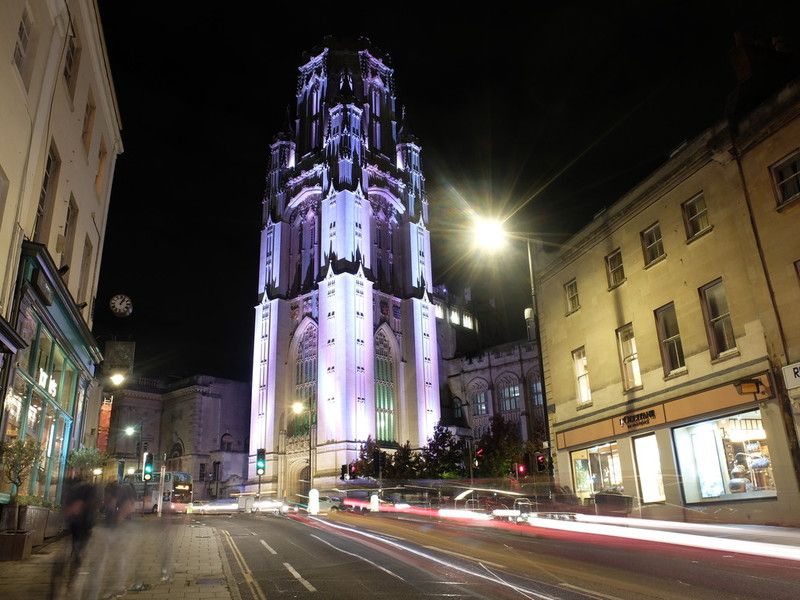
The university has pledged to document their connections to the transatlantic trafficking of enslaved African people in an ‘honest, open and transparent way.’
While acknowledging the significance of these financial contributions from the Wills and Fry families – whose vast fortunes would not have been accrued without the use of enslaved labour – the university have described their links to the transatlantic slave trade as being ‘complex’ and ‘often indirect’.
Epigram asked the university whether they felt this emphasis on complexity and indirectness risked giving the impression that they were attempting to obscure the nature of their relationship to the transatlantic slave trade.
Dr Marie-Annick Gournet said that the university had extensively discussed this wording, were conscious that it may give this impression and were aware that people may challenge this. However, she stressed that the university wanted to provide a ‘real account of our history’. Elaborating on this, she said:
‘We have to come to a position where we are comfortable that we know the information we are providing is accurately reflecting these historical developments.’
The university has pledged to ‘contextualise names of buildings across the university’ as part of their reparative futures programme. Epigram asked what form this process of contextualisation will take, and whether the university would implement plaques which provided historical context about each building’s name. Evelyn explained that the university were hesitant to implement plaques upon university buildings:
‘We could put permanent plaques up, but we’re conscious that our knowledge changes over time. We want to find a way to include a multiplicity of voices and changing perspectives. We need to be careful that we don't get so drawn back into the question of how we tell our past, that we forget to put the efforts in about how we change our future.’
The university has commissioned the company CARGO to develop ideas to explain the history of the buildings involved in the renaming consultation. Evelyn explained that the company has been ‘experimenting with using signage with QR codes that takes you through to further historical detail’.
This contextualisation will comprise one part of the ten-year Reparative Futures programme. Evelyn believes that this initiative marks a ‘movement towards a more just, inclusive and genuinely reparative future.’
Since Epigram conducted this interview, the University of Bristol have implemented their new digital logo — which sees a book replace Edward Colston’s dolphin insignia — and have begun to physically efface Colston’s dolphin from university buildings. The complete removal of Colston’s dolphin will be a phased process and ‘there is likely to be a mix of logos used across the university for some time.’
Is the University of Bristol diverse enough?
‘We want to redefine what it means to be state-educated in the UK’ | Sophie Pender on the future of the 93% club, her time at UoB and the reality of the state/private school divide
The university has also appointed seven Accountability Partners and 20 Associate Accountability partners to help co-create the Reparative Futures programme and hold the university to account on the delivery of their pledges. On the first of May, the university held a student engagement event entitled ‘Shaping our Reparative Futures’, where attendees discussed the initiatives they would like to see implemented to further affect positive change.
Featured image: Epigram / Dan Hutton



